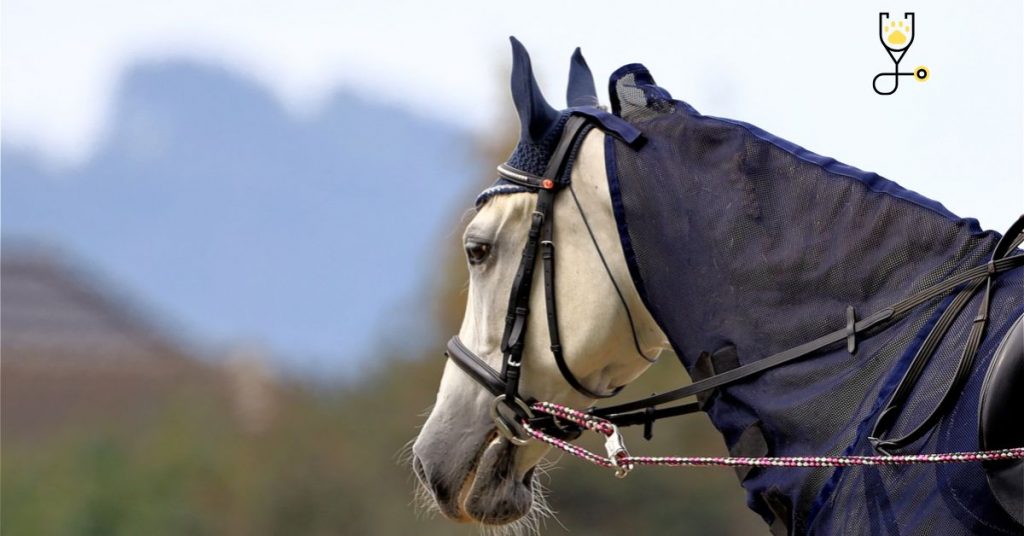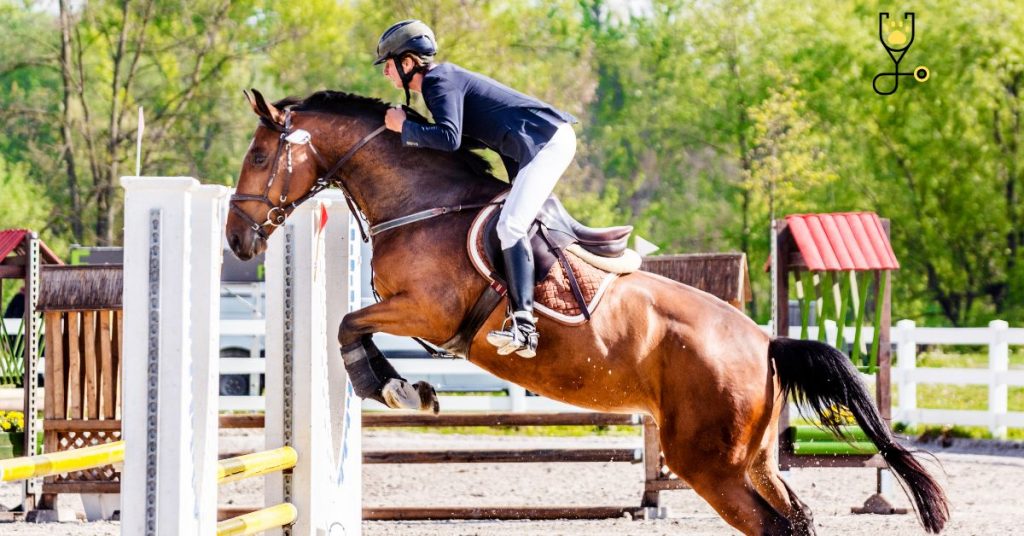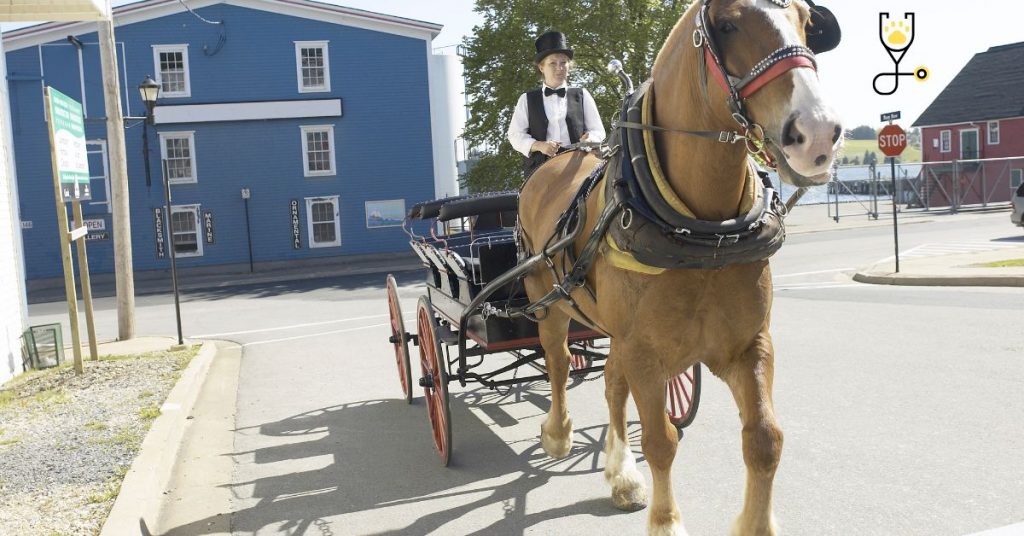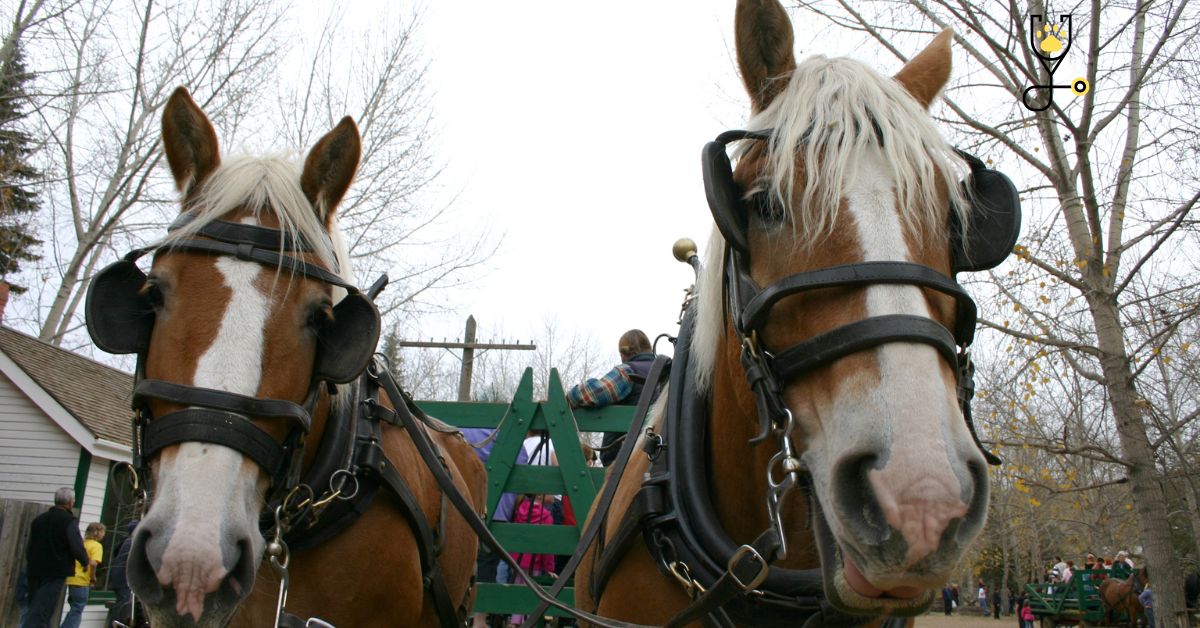What if we told you that there was an easier way to get your horse to respond to your cues, without having to use force or intimidation? In the world of natural horsemanship, this is exactly what we aim to do – teach people how to connect with their horses in a way that is calm, clear, and respectful. In this post, we’re going to talk about one of the basic techniques used in natural horsemanship – neck reining. Stay tuned for more posts on this topic!
What is Neck Reining?-HORSE
Neck reining is an advanced technique of communication between the rider and horse. It involves using the reins to guide the horse’s movements using subtle cues around its neck. This type of riding requires a deep level of trust and understanding between the two, as well as patience and practice for both horse and rider.

Benefits of Neck Reining
1. Greater Bond: Neck reining can help foster a deeper bond between the horse and rider, as it requires both to trust one another in order for it to be successful. The subtle cues of neck reining also allow for better coordination between the two, creating smoother movements and better communication.
2. Increased Safety: As the rider is able to provide more subtle cues, there is less chance of jerky or abrupt movements which could cause injury or distress for either party. This allows for safer riding overall.
3. Improved Balance: Neck reining helps improve the balance of both horse and rider by allowing them to move together as one entity rather than two separate entities. This creates a much smoother ride with fewer bumps!

4. More Fun: Neck reining can be a very rewarding experience for both horse and rider, as it creates an even more enjoyable ride. Not only does it look great, but it can also provide a sense of satisfaction to those who practice it regularly.
How to Neck Rein Your Horse?
Neck reining is an advanced technique of communicating between the horse and rider using subtle cues around the neck. It involves using light contact on both sides of the reins to create lateral pressure, which encourages the horse to turn in that direction. Here are some tips for getting started with neck reining:
1. Start with your horse at a walk and keep the reins equally loose on either side.
2. Gently apply pressure by squeezing both sides of the reins simultaneously and pulling them towards you, but not too tightly – think ‘light touch.
3. Be aware of how your horse responds to these cues; if it resists or shows signs of discomfort, releases the pressure and try again with lighter contact.
4. Once your horse responds to the cues, practice turning in both directions at a walk and then move onto a trot.
5. As you progress, try adding more pressure on one side of the reins or using your legs to add additional cues for turning.

6. Always remember to be patient and reward your horse with positive reinforcement when they respond correctly!
Tips for Practicing Neck Reining
1. Make sure you have the right tack – a properly fitted bridle that has been adjusted to fit your horse’s head and neck is essential.
2. Start slowly, using only light contact until both the horse and rider understand the cues.
3. Practice in an enclosed area such as an arena or field so that there are no distractions and you can focus on teaching your horse how to neck rein.
4. Take breaks often to give both of you time to relax and process what you’ve learned before moving on to more difficult tasks.
5. Listen carefully – if your horse appears uncomfortable or resistant, stop and try again another time with lighter pressure or different cues.
6. Be consistent and patient – it may take some time for your horse to learn the neck reining technique, but with practice and consistency, you will both eventually get it.
7. Lastly, don’t forget to have fun! Neck reining can be a very rewarding experience when done correctly, so enjoy the journey!
The Difference Between Neck Reining and Traditional Training Methods
Neck reining is different from traditional methods of training horses in that it relies on light rather than heavy pressure. With neck reining, the rider uses subtle cues to communicate with the horse. This creates a smoother and more harmonious relationship between horse and rider, as it allows them to move together as one entity instead of two separate ones. Additionally, neck reining can provide greater safety for both parties since there is less chance for jerky or abrupt movements which could lead to injury or distress. Neck reining also encourages a deeper bond between the horse and rider, fostering trust and understanding in order to create smoother transitions and better communication. It can also be a fun experience for those who practice it regularly!

Ultimately, neck reining is a skill that requires patience, practice, and understanding from both horse and rider. With consistent effort, it can be an enjoyable way to bond with your horse as well as create a more responsive partnership. Try it out for yourself – you might just find out how much fun neck reining can be! Good luck!
Conclusion
Neck reining is a skill that can bring horse and rider closer together in a way that traditional methods of training cannot. It relies on light cues and subtle communication, allowing both parties to stay safe while fostering trust and understanding between them. Through patience, practice, and consistent effort, neck reining can be an enjoyable experience for all involved! With the right tools and enthusiasm, it won’t be long before you start seeing results. So go ahead – give it a try today! Happy neck reining!
Frequently Aske Questions
Q: What is neck reining?
A: Neck reining is a technique of horse training where the rider uses light contact on the reins to communicate with the horse. It relies on subtle cues and encourages a deeper bond between horse and rider.
Q: How do I practice neck reining?
A: To practice neck reining, you should have the right tack fitted to your horse’s head and neck, start slowly with only light contact, practice in an enclosed area free from distractions, take breaks often, listen carefully to your horse’s response and be patient and consistent throughout.
Q: What are the benefits of neck reining?
A: Benefits of neck reining include greater safety for both the horse and rider due to less jerky movements, a smoother relationship between horse and rider, deeper trust and understanding between them, as well as a more enjoyable experience overall.
Q: How long does it take to learn neck reining?
A: Learning neck reining takes time and patience – it may take some horses longer than others to understand the cues. With practice and consistency, however, you should start seeing results in no time! Good luck!
Q: Why is neck reining better than traditional methods of training?
A: Neck reining is different from traditional methods of training in that it relies on light rather than heavy pressure. Additionally, it can provide greater safety for both horse and rider, as well as foster a deeper bond between them. Ultimately, neck reining can be an enjoyable experience for all involved!
Q: How can I make the most out of my neck reining experience?
A: To get the most out of your neck reining experience, make sure you have the right tack fitted to your horse’s head and neck, start slowly with only light contact, practice in an enclosed area free from distractions, and take breaks often. Lastly, don’t forget to listen carefully to your horse’s response and be patient and consistent throughout. Good luck!
Q: What are some common mistakes made when neck reining?
A: Common mistakes made when neck reining include using too much pressure, not taking breaks often enough, not listening carefully to the horse’s response, or being impatient with the process. To avoid these mistakes, make sure you have the right tack fitted to your horse’s head and neck, start slowly with only light contact, practice in an enclosed area free from distractions, and take breaks often. Lastly, don’t forget to listen carefully to your horse’s response and be patient and consistent throughout. Good luck!





